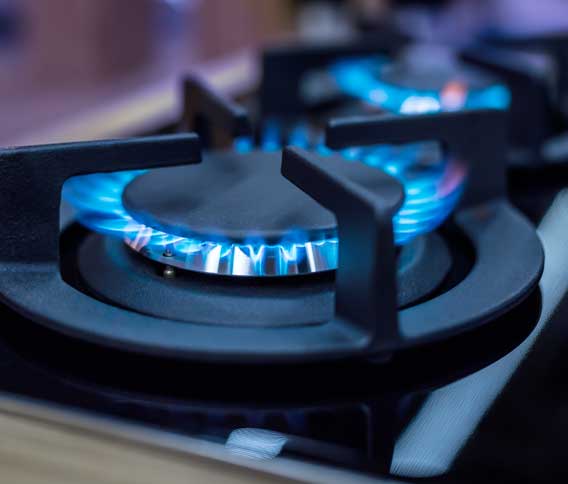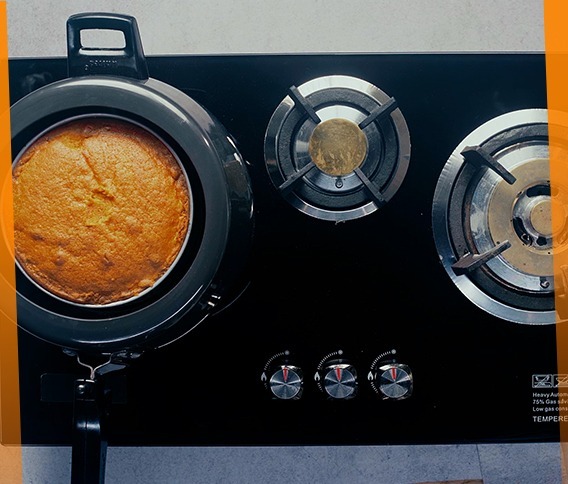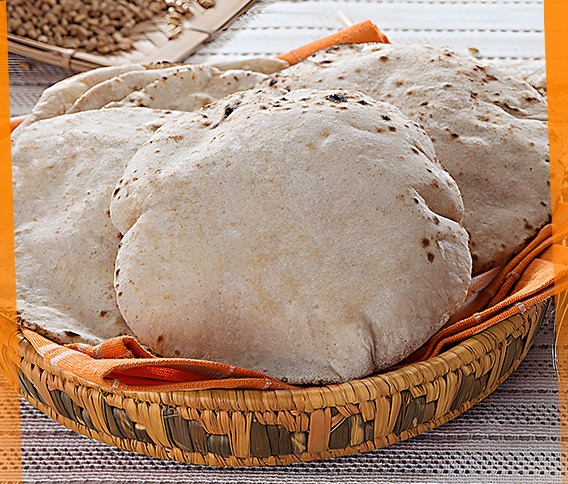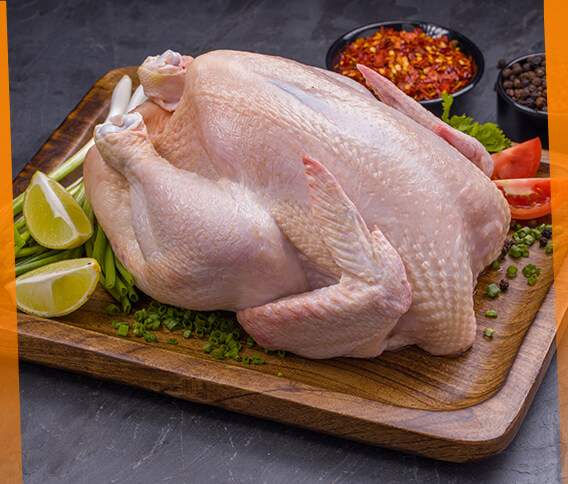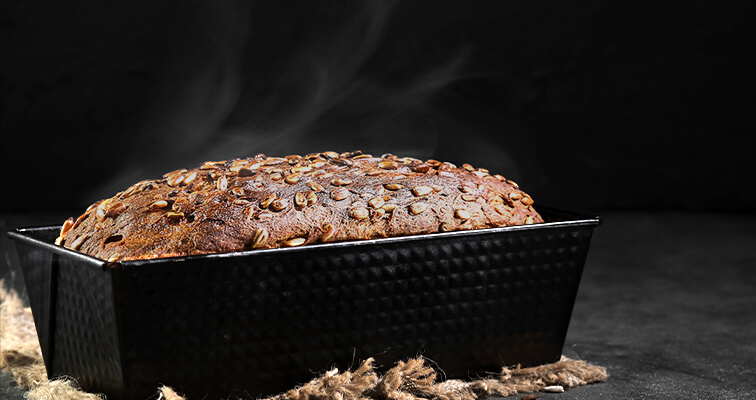
All bakers have one thing in common: The fear that their bread won’t rise as much as they want. You toil over for hours, preparing the batter, adding all the right ingredients, whipping the mixture with just the right amount of force, and then let it sit with your heart beating fast. You check up on the bread, and BAM! Instead of rising into a tall, airy bread, it sits in front of you, looking like a deflated balloon. What happened?
Here is what may have happened. Follow this article to discover what might have gone wrong with your bread, and unlock the ways to make it better the next time.
If you are a rookie baker, chances are that you are already following the recipe word by word. But if you are not, and a wrinkled, deflated loaf of bread is sitting in front of you inquisitively, the answer lies in the recipe itself. You have to follow the recipe just the way it states everything. If the recipe says four cups of flour, make sure it is four cups and not an inch more or less. Use a digital scale for more accuracy.
Your yeast might be the culpritYeast is every baker’s best friend and is rarely the issue. But sometimes, bakers end up using expired yeasts, forgetting that it is a living organisms. Too long in the fridge, it can die of extreme cold. Too much sunlight of it can go to waste. Make sure you dissolve it in warm water before adding it to your bread mixture. If the water temperature is too high, it can also kill the yeast. If you also add salt into your bread mixture, make sure to add only a pinch. Too much salt can destroy your yeast as well.
You may have stuck to the clock a little too realisticallyBe patient with your bread. If the recipe says, let it sit in the oven for 15 minutes, but the bread hasn’t risen in the said period, wait a little more. There are other factors like humidity and temperature that may be affecting the rising of your dough or the timing thereof. If you are using a loaf pan, the rising of the bread is signified by the height of the crest against the rim of the pan. If the bread has risen above the rim, it’s ready. Letting it rise beyond will weaken its gluten bond, and the bread may collapse as a result.
You might have used the wrong panThis might be the most neglected baking tip, but it should always be considered while baking bread. Select the pan that offers more room for the bread to rise. If you fill the pan with too much dough, not leaving enough room for it to rise due to the smaller size of the pan, it might result in your bread collapsing at the rim.
You may have under or over-kneaded the doughAs you know, to make bread, you have to knead the batter to make a dough. If you do not knead it properly, it might not develop the right tensile strength to inflate properly. Whereas, if you knead it a little too much, it can also cause the gluten to overact and become tighter than it’s required.
Whether you are a seasoned baker or just a rookie, raising your bread is a serious business. One can never go wrong with a loaf of bread if they have everything under control. The above-mentioned factors cover almost everything that can go wrong with your bread. However, if, despite being careful about all those factors, your bread still doesn’t rise, consider changing the recipe altogether or see if there is an issue with your oven. With a few trials and errors, you’ll get there, and eventually, your bread will start to rise perfectly. Happy Baking!
